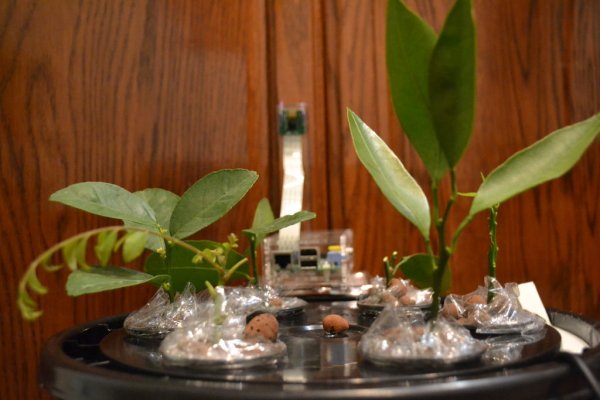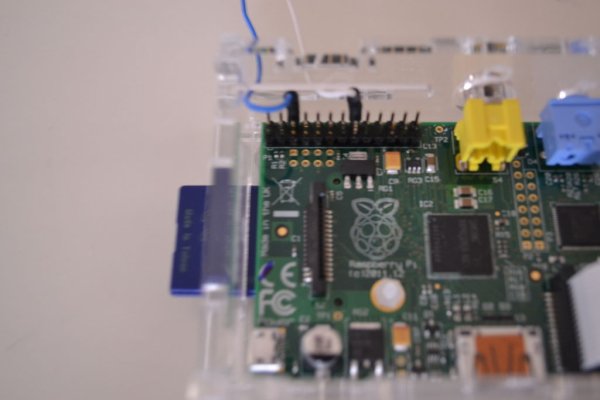In this Instructable, we'll learn how to make an Aeroponics system that's controlled via the Raspberry Pi, and uses the Raspberry Pi Camera module to take photos of your plants. Aeroponics is a pretty unconventional method of gardening, but that's what makes it fun!Aeroponics makes use of mist in a closed environment to provide a plant with the necessary elements to survive. Usually, a plant's roots are suspended in a mist container, while the rest of the plant sits above the setup. As an indoor setup, aeroponics is compatible with pretty much anything you want to plant and can be used year round! Some other benefits include: a cleaner environment which reduces the need for chemicals and pesticides, conservation of water and space, and consistent yields.

Step 1: Materials
Step 2: Painting the Bucket
For more detail: Automated Aeroponics System Using Raspberry Pi


